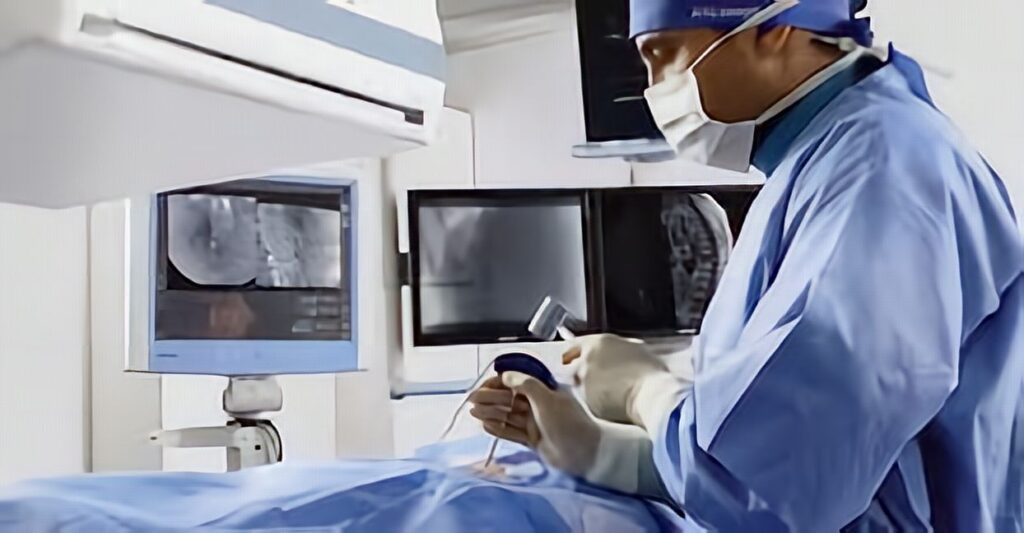A Bite of Precision: Exploring the World of Endoscopic Bite Blocks

In the world of modern medicine, endoscopy has revolutionized the way we diagnose and treat various medical conditions. This minimally invasive procedure allows healthcare professionals to examine the interior of the body without resorting to more invasive surgical methods. A crucial component of successful endoscopy is the unassuming yet vital instrument known as the endoscopic bite block. Let’s take a closer look at these small but essential devices that play a significant role in ensuring the precision and safety of endoscopic procedures.
Understanding the Endoscope
Endoscopy is a medical procedure that involves inserting a slender, flexible tube called an endoscope into the body to visualize internal organs, tissues, or cavities. These procedures are used for a wide range of medical purposes, including diagnosing and treating gastrointestinal, respiratory, and urological conditions. The endoscope is equipped with a camera that captures images and videos of the internal structures, enabling physicians to make accurate diagnoses and sometimes even perform therapeutic interventions.
The Importance of Bite Blocks
Endoscopic procedures often involve inserting the endoscope through a patient’s mouth, down the throat, or into other orifices. It is crucial to ensure that the endoscope remains stable and securely in place during the procedure. This is where endoscopic bite blocks come into play.
Endoscopic bite blocks are small, soft, and pliable devices designed to be inserted between the patient’s teeth to hold the endoscope in position and prevent them from biting down on the delicate equipment. They serve several essential functions during endoscopy:
Patient Comfort: Endoscopic bite blocks are typically made from soft, comfortable materials like silicone or foam, ensuring that the patient’s experience is as painless as possible during the procedure.
Endoscope Stability: By anchoring the endoscope in place, bite blocks minimize the risk of accidental movement or dislodgment, which can compromise the quality of the examination.
Safety: Ensuring that patients do not inadvertently bite down on the endoscope is essential for their safety. A sudden bite could damage the equipment or harm the patient.
Clear View: With the endoscope securely in place, medical professionals can obtain a clear and steady view of the area being examined. This precision is crucial for accurate diagnoses and effective treatments.
Varieties of Bite Blocks
Endoscopic bite blocks come in various shapes and sizes, tailored to the specific requirements of different endoscopic procedures. Common types include:
Single-Use Bite Blocks: These disposable bite blocks are used for one-time procedures, minimizing the risk of cross-contamination and ensuring patient safety.
Reusable Bite Blocks: Designed to withstand multiple uses, these bite blocks are sterilizable and cost-effective in the long run.
Pediatric Bite Blocks: Smaller and specially designed for use with children, pediatric bite blocks ensure their comfort and safety during endoscopy.
Specialty Bite Blocks: Certain endoscopic procedures may require specialized bite blocks to accommodate unique circumstances, such as double-channel endoscopes or endoscopes equipped with additional instruments.
Custom Bite Blocks: In some cases, healthcare professionals may even opt for custom-made bite blocks tailored to the specific needs of individual patients or procedures.
The Advancements in Bite Block Technology
The world of endoscopy is continually evolving, and so is the technology associated with it. Bite blocks have not been left behind in this evolution. Advancements in bite block design have led to improved patient comfort and better procedure outcomes.
Material Innovations: Modern bite blocks are often made from high-quality, medical-grade silicone that is not only soft and comfortable but also resistant to moisture and easy to clean.
Ergonomic Design: Many bite blocks now feature ergonomic designs that enhance patient comfort and allow for secure positioning of the endoscope.
Compatibility: They are designed to be compatible with a wide range of endoscope types and sizes, ensuring flexibility in endoscopy procedures.
Safety Features: Some bite blocks are equipped with safety features, such as quick-release mechanisms, to ensure rapid removal in emergency situations.
Conclusion
Endoscopic bite blocks may seem like small, inconsequential accessories, but they play a crucial role in the success and safety of endoscopic procedures. Their use ensures that patients remain comfortable and that healthcare professionals can perform examinations and interventions with precision and confidence. As technology continues to advance, so too will the role of endoscopic bite blocks, further enhancing the field of endoscopy and improving patient care. So, the next time you undergo an endoscopic procedure, remember that these unassuming bite blocks are an integral part of your healthcare journey, helping to ensure a bite of precision in your medical treatment.
